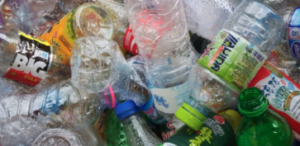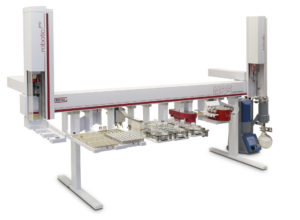Reducing Plastic Waste with Laboratory Automation

Greenpeace UK’s upcoming The Big Plastic Count, has us thinking about reducing plastic waste across our operations.
A cursory search finds a PhD student named Samantha Seah studying droplet microfluidics and taking part in the #LabWasteDay twitter campaign. Samantha put the figure at 230 g in one day. That’s around 60 kg in year. (Read original the article HERE).
Our applications chemists will typically use between 60 – 100 g of gloves and no more than 40 g of pipette tips per lab day.
Between the five of them. Not each. That’s 28 g per person if they’re all working in the lab.
Often, they don’t need to be in the lab for days at a time as all the manual prep is done in one go. They’ll often have the MPS take over for the weekend, further traducing waste.
GERSTEL MPS Autosampler
While it’s hard to make direct comparisons, ours is certainly lower than in a non-automated environment where these steps would be manual.
For starters, once our samples are in the vials, any further sample prep such as derivatisation, or the addition of internal standard is done on by the MPS. Therefore, any further pipette/glove usage drops to zero.
The MPS also uses re-usable automated syringes that typically make thousands of injections before they need replacing. Fewer pipettes means less plastic waste. Automating injection also means fewer mistakes which in turn means fewer gloves!
For some, focusing on plastic consumption and reducing plastic waste seems a little reductive in the sustainability discussion. However, there is no denying public opinion is having an effect on how many businesses operate.
Is it something your decision makers consider in their purchasing process?
CONTACT US to discuss further or search our library of Application Notes to discover more about how automation can reduce both costs and waste.


